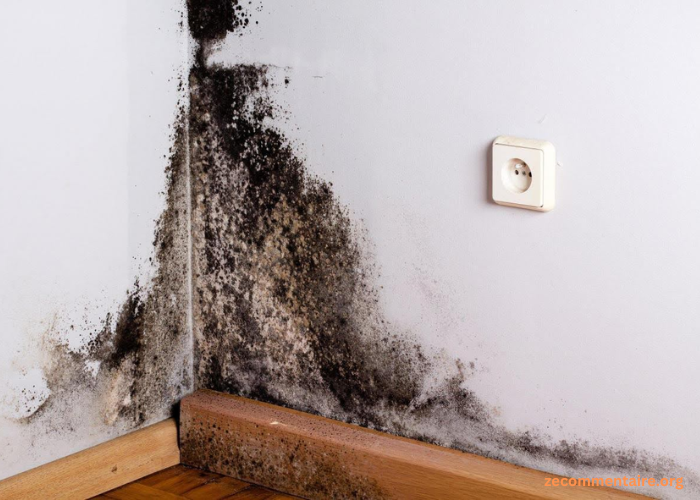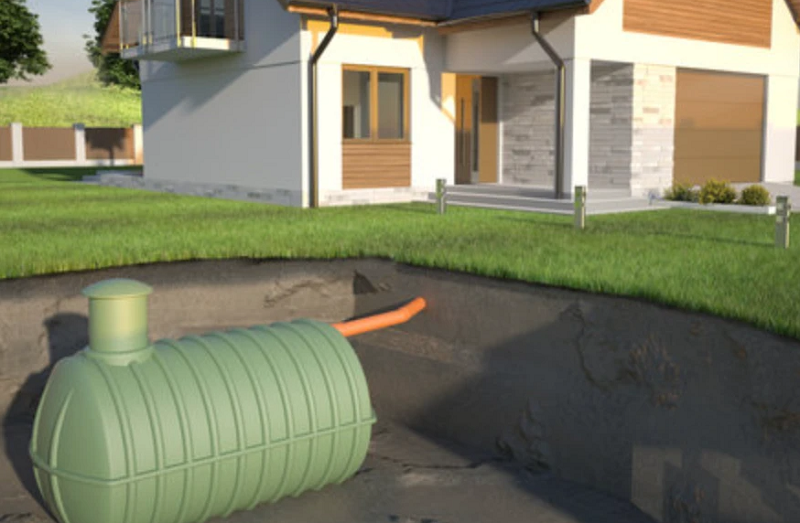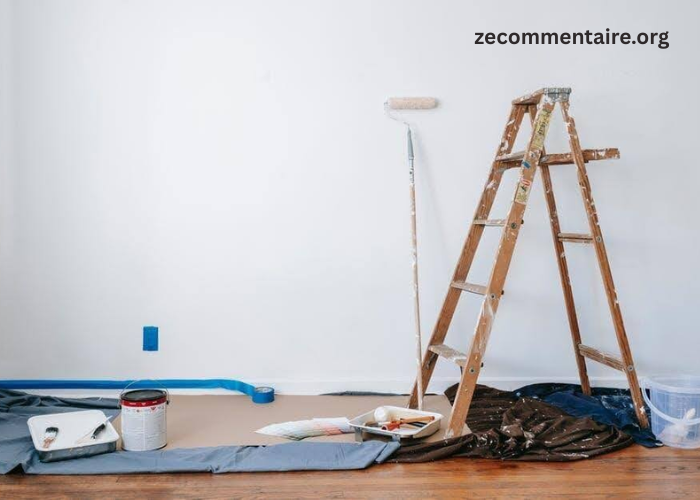Have you ever spotted mold in your basement and wondered what it is?
Mold in the basement can be more than just a nuisance – it can affect your home’s air quality and your health. Learning about the different types of mold found in basements is the first step toward a cleaner, safer home.
Read on to learn more about the most common basement mold types.
Black Mold Menace
Black mold, scientifically known as Stachybotrys chartarum, is often found in damp, wet areas of basements. This type of mold can appear as dark spots or patches on walls, ceilings, or floors.
This mold species thrives in places with a lot of moisture, so leaks or condensation can make your basement a perfect spot for it to grow. Health problems, such as breathing difficulties, can happen if black mold is not removed properly. It’s important to take action and clean it up safely to keep your home healthy.
Penicillium Growth Patterns
Penicillium is another common type of mold found in basements. This mold appears in various colors, including blue, green, or white, and it grows on materials damaged by water. It’s often seen on wallpaper, fabrics, and carpets that have gotten wet and not dried properly.
Breathing in the air with Penicillium spores can cause allergies and respiratory issues. To keep your basement safe and healthy, it’s crucial to fix any water leaks and keep the area dry. This will help prevent the growth of Penicillium mold and protect your health.
Cladosporium Clusters
Cladosporium is a type of mold that you might see in your basement, too. This mold looks green or black and often grows on fabrics, wood, and other damp materials.
If your basement has things that are wet and not dried out, Cladosporium can start to grow. It can cause breathing problems and make allergies worse for people. Keeping your basement dry and clean helps stop this mold from growing.
White Mold Proliferation
White mold in the basement often looks like white, powdery spots. It can grow on wood, drywall, and other wet materials. It spreads in cool, damp places, making basements a common area for it to appear.
White mold can cause health hazards, such as headaches and allergic reactions. By keeping your basement dry and fixing leaks right away, you can help stop white mold from growing.
Aspergillus Infestation
Aspergillus is a type of mold that’s pretty common in basements too. It can be different colors, like green, yellow, or white. You might find it on walls, insulation, or anywhere that’s a bit damp.
Like other molds, it loves wet places. If you breathe in its spores, it could make you cough or wheeze, especially if you’re allergic or have asthma.
To keep your basement safe, it’s important to keep it dry. If you find a lot of mold or it keeps coming back, companies like Certified Mold Removal Inc. can help get rid of it and make your basement healthy again.
Know How to Identify the Common Basement Mold Types
Knowing about basement mold types is important to keep your home safe and healthy. Think of mold as an unwanted guest that you need to spot and send packing.
Keep your basement dry and clean, and you’ll have a good chance of keeping mold away. Knowing about different molds means you can beat them. Stay safe and keep your basement happy and mold-free!





